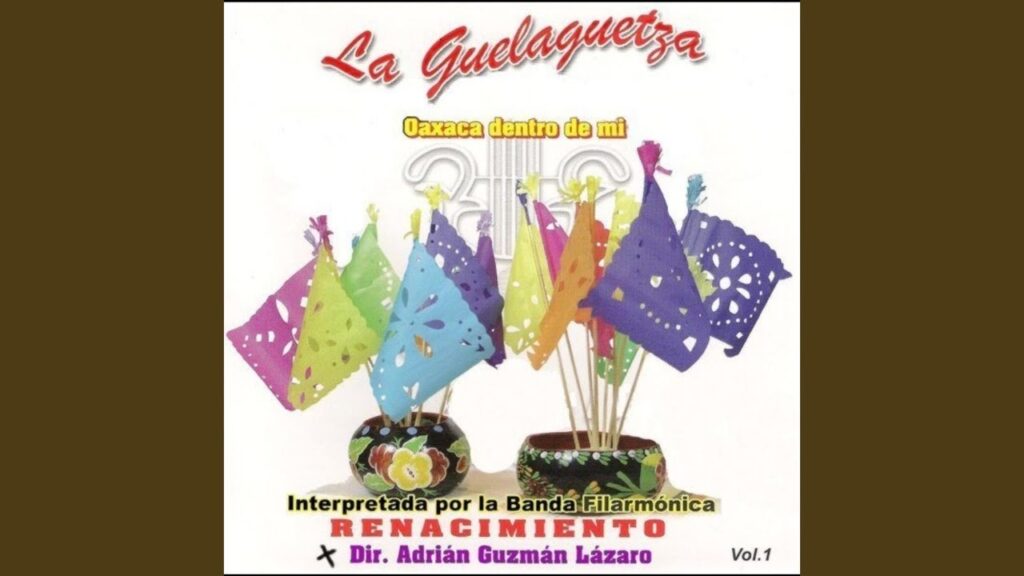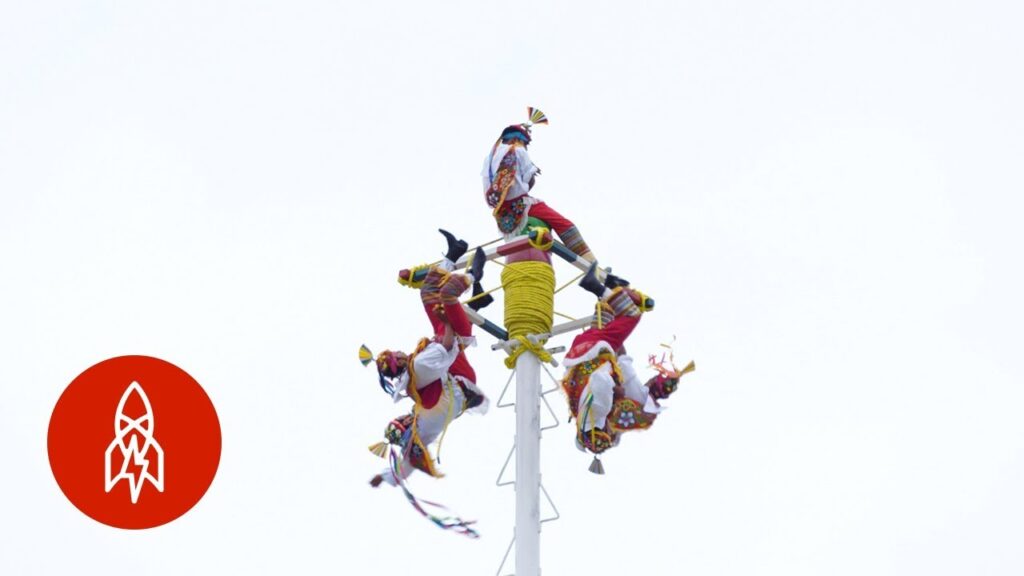Unveiling The Legend of The Weeping Woman in Xochimilco
Steeped in history and culture, Xochimilco, a borough within Mexico City, is home to a chilling legend that echoes through the canals at night. It’s in these ancient waterways, beneath the boughs of ahuejote trees, that the tale of «La Llorona» or «The Weeping Woman» is whispered amongst the locals and fervently sought out by the thrill-seekers and curious travelers. The story tells of a wraith-like woman, dressed in white, wandering along the canals and wailing for her lost children.
The roots of this legend are as deep and complex as Xochimilco’s canal system itself. Some trace it back to a pre-Hispanic era where an omen of the mother goddess Cihuacoatl, mourning the impending fall of the Aztec empire, was first recorded. Simultaneously, the tale has evolved through the colonial period and into modern day, intertwining with indigenous myths and Spanish folklore, manifesting as a spectral figure consumed by guilt and eternal sorrow.
Experiencing the legend involves a nighttime voyage along Xochimilco’s shadowy waters on a traditional «trajinera» – a flat-bottomed boat. As the moonlight dances on the ripples of the dark water, and the guide recounts the harrowing tale, passengers cannot help but peer into the gloom, half-expecting to catch a glimpse of the desolate apparition amidst the soft echo of her laments. The atmosphere is heavy with anticipation and the palpable blend of fear and excitement.
Trajinera tours are often conducted by local storytellers who craft an immersive narrative, their words punctuated by the distant sounds of the night. Participants are regaled with various versions of the story, each with its own nuances—some say «La Llorona» was a scorned woman, others believe she betrayed her people to the Spanish, and a few claim she is a forebearer of tragedy. Regardless of the version, the essence remains the same; it’s a cautionary tale of love, loss, and penance.
The resonance of «La Llorona» within Mexican culture is undeniable, transcending time and shaping an integral part of Xochimilco’s identity. The spectral legend not only draws visitors eager for a taste of the supernatural but also serves as a cultural touchstone, reflecting the region’s deep heritage and complex past. As the night unfolds in Xochimilco, the line between reality and folklore blurs, leaving one to ponder the haunting presence of The Weeping Woman—in mind, spirit, and perhaps, just beyond the veil of sight.
Nahuatl Songs: A Gateway to Mexico’s Past
The rich cultural tapestry of Mexico is wonderfully reflected in Nahuatl songs, timeless pieces that offer a melodious journey through the country’s vibrant history. Nahuatl, the language of the Aztecs, remains a vital part of Mexico’s cultural heritage, with songs passed down through generations as a means of preserving the traditions and wisdom of ancient civilizations. These songs recount legends, express cosmological beliefs, and immerse listeners in the daily life of pre-Hispanic societies, providing an auditory exhibition of Mexico’s past.
Delving into Nahuatl songs unveils a variety of themes and emotions, ranging from love and celebration to sorrow and battle. The profound connection between the lyrics and the rhythms often illustrates the symbiosis of nature and human emotion, a hallmark of Nahuatl spirituality. Infused with evocative metaphors, the songs are a testament to the linguistic richness and oral literature of the Nahuatl-speaking peoples. The continued performance of these pieces stands as a profound act of resilience, echoing the voices of ancestors in the modern world.
Acknowledging the cultural significance of Nahuatl songs, several initiatives have been undertaken to protect and promote them. Ethnomusicologists and cultural preservationists are tirelessly working to record and study these songs, striving to keep them alive for future generations. Meanwhile, contemporary musical groups and indigenous artists are blending traditional tunes with modern genres, attracting new audiences and ensuring that the echo of Mexico’s history remains as resonant today as it was centuries ago.
The Hypnotic Dance of Xochimilco’s Cultural Tapestry
Stepping into Xochimilco, visitors are immediately engulfed by a symphony of colors and sounds that trace back to pre-Hispanic times. Known for its network of canals, this UNESCO World Heritage Site is a living museum, echoing the vibrant culture of the Aztecs who built it. The experience is akin to witnessing a dance, where each element moves in perfect harmony; from the colorful trajineras—gondola-like boats that glide along the water—to the melodic tunes of mariachis and marimba players that float in the air.
The ‘dancers’ in this spectacle are the artisans and vendors, whose hand-pulled boats are adorned with an array of carefully crafted goods that offer a feast for the senses. Hand-woven textiles, intricate silver jewelry, and bright ceramic pieces reflect the rich artisanal history of the region. The interaction between the boatmen, artists, and visitors creates a lively marketplace on the water, showcasing the enduring spirit and cultural pride of Xochimilco’s people.
Beyond the visual allure, the aroma of traditional Mexican foods wafts through the air, tempting visitors with a taste of local cuisine. Corn tortillas being made by hand, sizzling quesadillas, and fresh-cut fruit are among the many treats that can be savored while meandering along the canals. The harmony of flavors complements the visual tapestry, making the journey through Xochimilco a truly multisensory experience. Here, the cultural dance extends from the eyes and ears to the palate, ensuring that every sense is captivated by Xochimilco’s enchanting rhythm.
The Vibrant Pulse of Xochimilco: A Multicolored Spectacle
Stepping into the bustling canals of Xochimilco, visitors are immediately embraced by a kaleidoscope of colors and the cheerful melodies of mariachi bands. As one of Mexico City’s most treasured heritage sites, Xochimilco offers a living representation of what the Aztec’s life might have looked like, with networks of waterways and artificial islands called chinampas. Life here revolves around the canals, and a ride on the colorful «trajineras,» traditional flat-bottomed boats, is a quintessential experience that ignites the senses and brings Mexican culture to life.
Each trajinera is uniquely named and decorated with vibrant flowers and festive ornaments, creating a floating procession of jubilant hues that bob along the ancient waters. As boats glide past each other, the air fills with the sounds of laughter, singing, and the strumming of guitars. The trajineras often carry lively parties of locals and tourists alike, fostering an atmosphere where everyone becomes a part of Xochimilco’s animated scenery. The scene is a living canvas, vast and intricate, from the rich blues of the water to the dynamic spectrum of the boats’ adornments.
Along the waterways, floating markets offer an array of local treats and souvenirs. Vendors paddle by, selling traditional foods like elote, tamales, and quesadillas, allowing visitors to indulge in the authentic flavors of Mexico while surrounded by its natural beauty. The air is fragrant with the mingled aromas of fresh corn, sizzling cheese, and the sweet perfume of flowers that drape the landscape. Here, the essence of Mexican heritage is palpable, making it easy for travelers to feel like they are part of a story that weaves the past and present into one captivating narrative.
The ecological importance of Xochimilco is profound, acting as a habitat for numerous species, including the axolotl, a rare amphibian known for its regenerative abilities. These ancient canals are not merely a tourist attraction, but also a focal point for conservation efforts. The chinampas, floating gardens that date back to pre-Hispanic times, are still used today to grow produce in a sustainable manner that respects the delicate balance of the local ecosystem. In the heart of Mexico’s capital, Xochimilco serves not only as a cultural icon but also as a testament to the symbiosis between mankind and nature.
Exploring The Mystical Waters of Xochimilco: Home to La Llorona
Just south of Mexico City lies the ancient network of canals and the remaining vestiges of pre-Colombian times known as Xochimilco. This UNESCO World Heritage site offers a unique voyage back in time as visitors glide through its vibrant and flower-lined channels on traditional flat-bottomed boats called «trajineras.» Each boat, cheerfully decorated with the name of a beloved woman, suggests a narrative of love, loss, and mysticism that intertwines with local folklore.
The legend of La Llorona, or «The Weeping Woman,» is a haunting tale that permeates the culture and local stories of Xochimilco. According to myth, this spectral figure, dressed in white and wailing for her lost children, roams the waterways at night. Boatmen and travelers often recount eerie encounters and the chilling sounds of her lament, which are said to echo across the misty canals in the quiet of the evening.
Beyond the shivers and ghost stories, Xochimilco serves as an ecological sanctuary, featuring a vast array of plant life and native bird species. The chinampas, or floating gardens, are an ingenious Aztec agricultural invention and provide a lush environment that supports the local ecosystem. The marshes and canals are teeming with life, and as the sun sets, a symphony of animal calls and rustling reeds create an immersive natural experience.
Part of the allure of Xochimilco is its deep cultural significance; the area is not only a center of commerce for flower and plant traders but also a living museum of the region’s past. As visitors traverse the canals, they are often serenaded by mariachi bands or can enjoy a taste of authentic Mexican cuisine sold by vendors rowing their own canoes. The tradition of hospitality remains strong here, and the experience is as rich in cultural heritage as it is in beauty and mystique.



